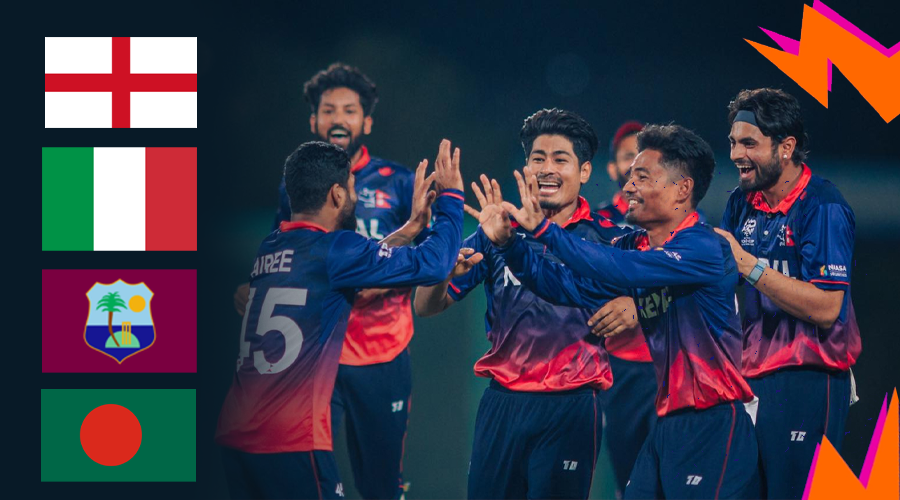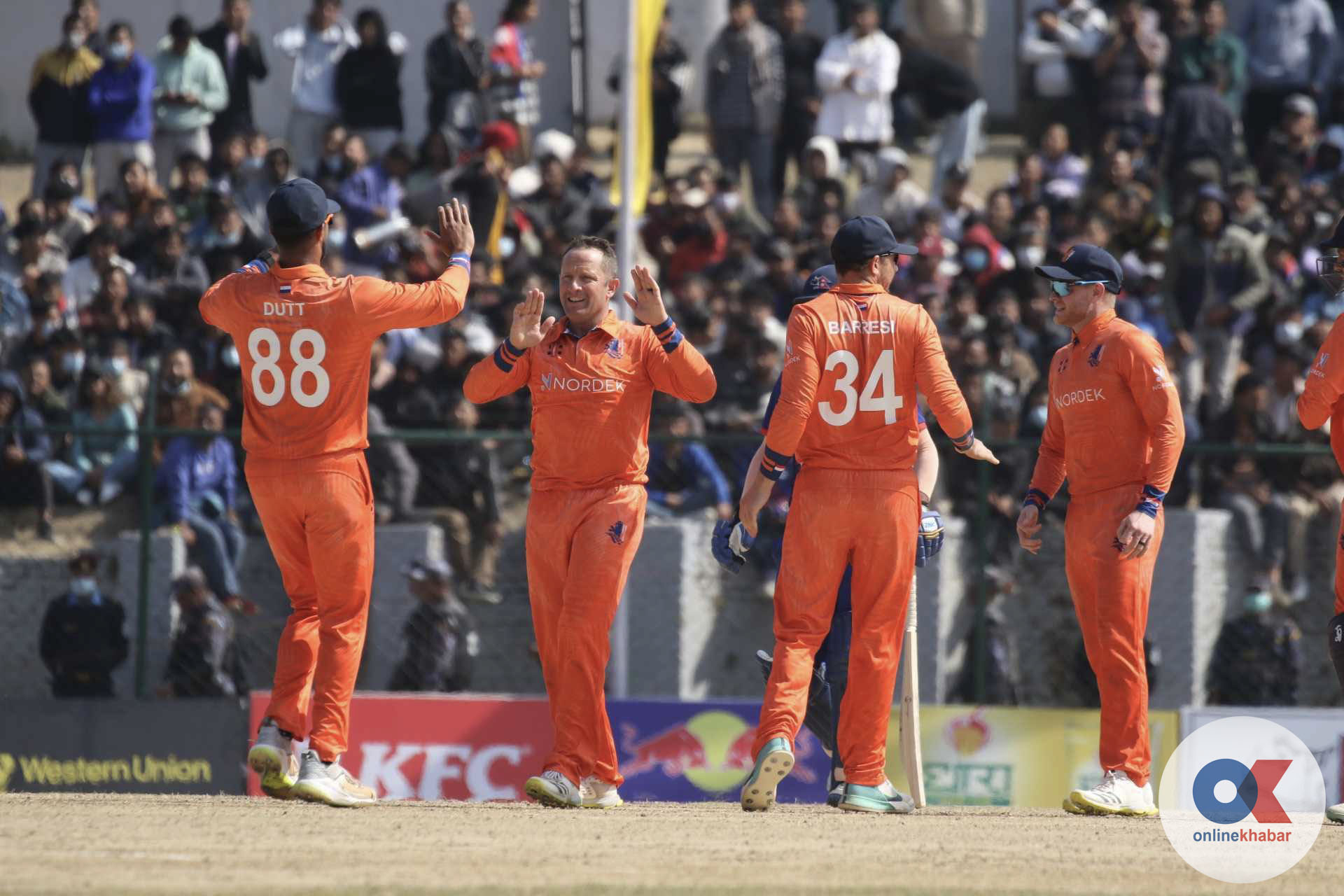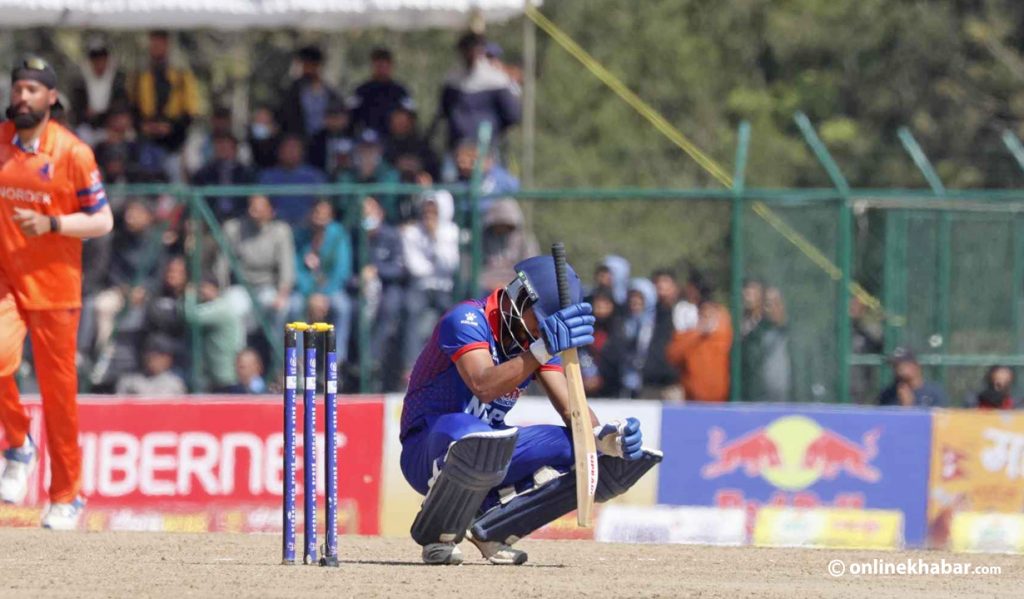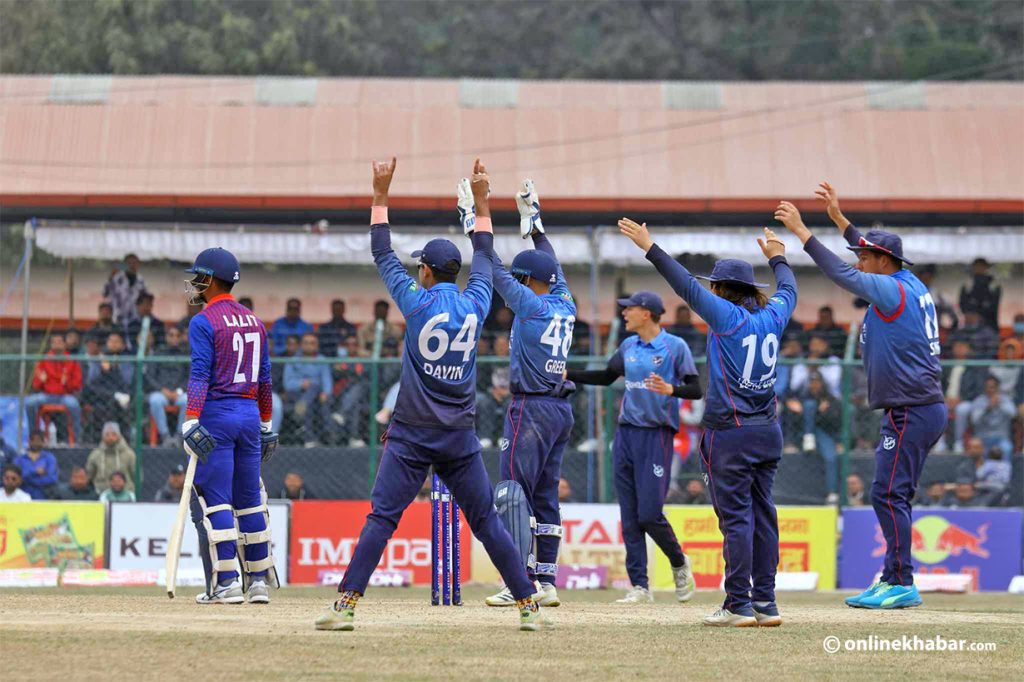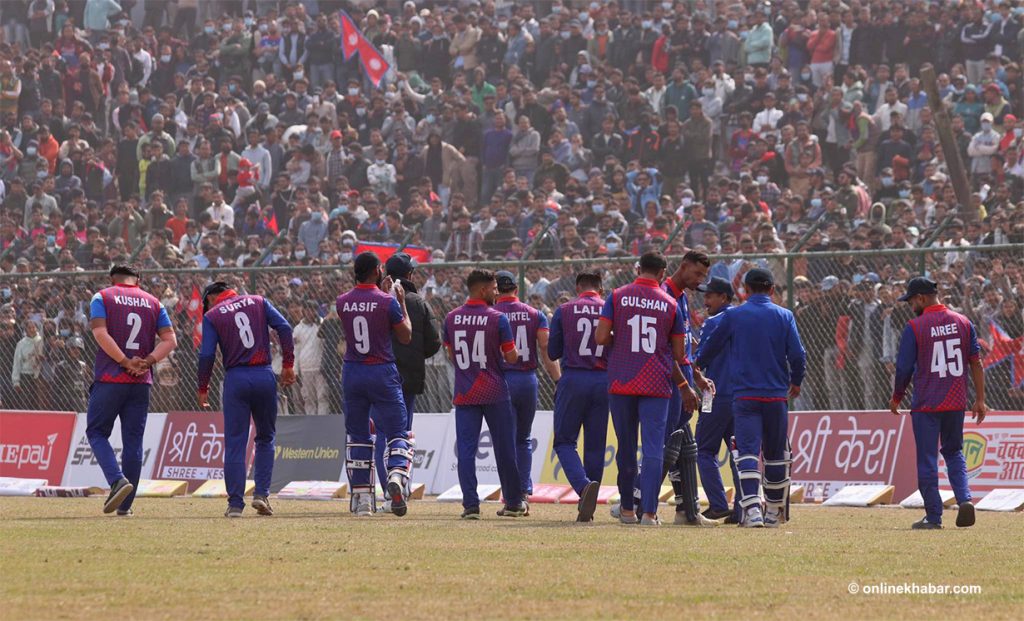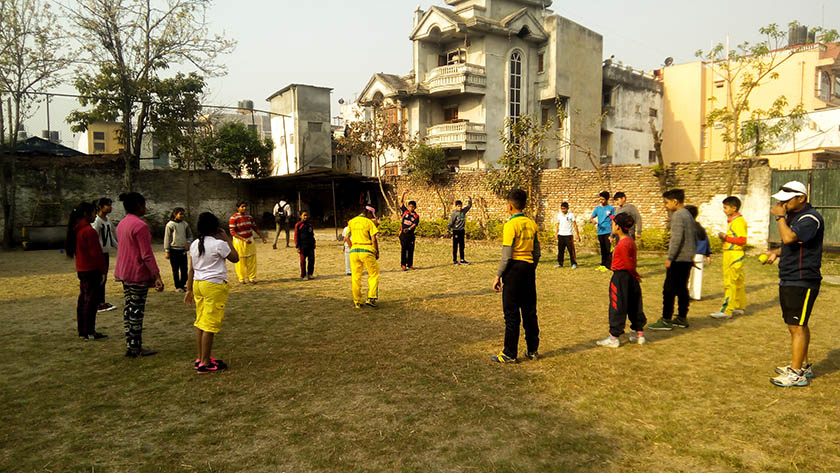
Paras Khadka and Rohit Paudel: these are two names Nepali cricket fans will remember for years to come when they fondly recall the tournament that changed the history of the sport in the country. “It was the ICC World Cup Qualifiers in Zimbabwe and the date was Thursday, March 15, 2018. Nepal beat PNG and the Netherlands beat Hong Kong. Nepal received ODI status for the first time in history,” that’s how Thursday’s events would be recalled.
“Khadka was the skipper of the national side and the highest run-getter for Nepal in World Cup Qualifiers. Paudel, meanwhile, was the batsman who steered Nepal to victory against a resilient Hong Kong side,” something along these lines would also find its way into the conversation. It is also likely that the conversation will take place among youngsters who would gather early morning at the Balwatar Cricket Academy, Nepal’s oldest surviving cricket academy, where Khadka and Paudel learnt to hit those sixes.
Balwatar Cricket Academy has been producing national-level players ever since it was founded in 2001. “The aim back then was to contribute to the development of cricket in Nepal. Our vision was to make sure cricket doesn’t fade away in Nepal,” says Upendra Prasad Bhattarai, the former Vice-chair of the Cricket Association of Nepal who now runs the academy.

“After Nepal became an ICC associate member in 1996, I felt the need to do even more for the game by nurturing young talents like Khadka and Paudel,” says Bhattarai who wanted to develop a place where youngsters with the passion for the game could come and train. “When we were growing up, we could put up stumps wherever we wanted, there was enough land available in the valley. But as times have changed, it’s difficult to find a place to play,” says Bhattarai who opened the training centre on the premises of his own house in Balwatar.
“I had to do something from the grassroots because we received ICC recognition, I knew that we would play international tournaments. I also understood that we needed to find more players and that could be done only when there was a system in place to do so,” adds Bhattarai. “The government did not do anything to build an academy so I took matters into my own hand,” Bhattarai says.
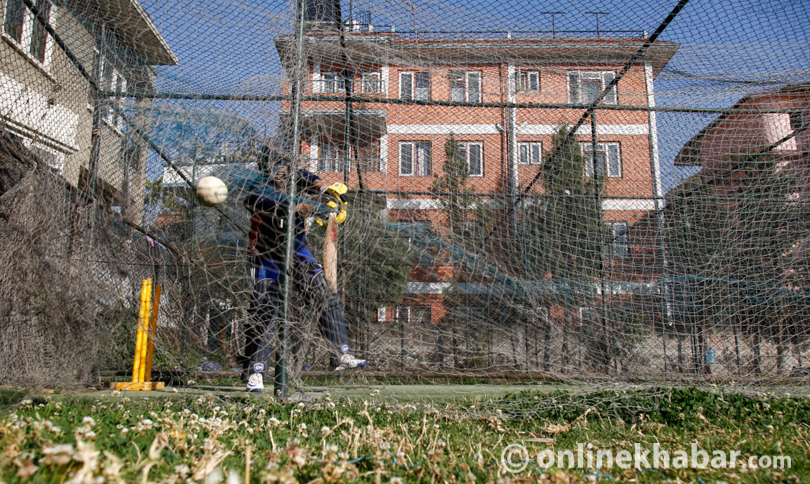
When the academy opened, it wasn’t hard to find youngsters who would be interested to come train. The likes of Paras Khadka, Shakti Gauchan, and Sharad Veswakar, who have become big names in Nepal, were one of the first to join.
“For a few years, we charge only NRs. 500 a month and I personally announced that those who came from remote parts of the country could play for free,” Bhattarai continues.
“It’s good to look back and think we have produced some really good players over the years. I think the credit should be given to the coaches who have helped make the academy what it is,” explains Bhattarai. Former national team coach Arun Aryal has been an integral part of the club along with Rikesh Lama and Sashi Pandey who encouraged Bhattarai to continue.
Encouragement is the key when it comes to training at the academy. The feel is in the air. On a warm spring evening, Subash Khakurel who has kept wickets for Nepal in international matches is padded up for a net session. After injuring his hand in training he couldn’t join the national team. But that hasn’t let him down as he is itching to get back on the field.
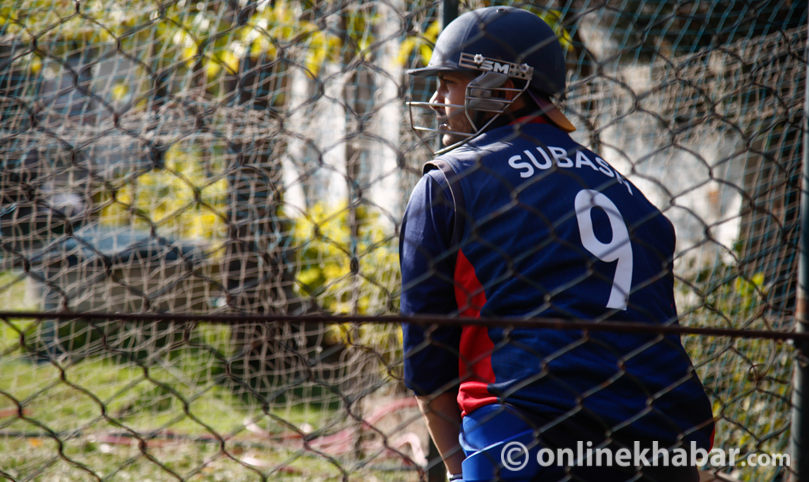
Encouragement is also the word for youngsters like eleven-year-old Anil Khadka, who comes to the academy every Saturday accompanied by his father. “I want to become the new Paras Khadka. Young Khadka, hopes to reach the heights set by the captain of the national team.
Head coach Sunil Lama, who used to play for Balwatar Cricket Club in the early 90s, says nurturing these young players is important. “We want to train them regularly that is why I have dedicated Saturdays and public holidays for under-12s and under -15s,” he shares. “The kids can’t visit us every day like the seniors. They need to go to school,” adds Lama, an ACC-certified Level 3 coach.
“My job here is to find and nurture talent and teach them techniques and check if the kids have match awareness or if they can perform under pressure. If a kid shows glimpses of this, I talk to their parents and tell them that their boy is good and they should help him peruse it in the future.”
But that doesn’t mean he thinks they shouldn’t focus on their studies. He always tells the kids to first focus on studies, and then on cricket. If he feels a boy is good, he makes sure he doesn’t drift away to play another sport.
To make sure that good players stay on, Lama takes these players to Hong Kong, Malaysia, and Thailand where they play local tournaments. “It’s important to go to these tournaments because it teaches you a lot. It teaches you if you can perform under pressure and you learn a lot playing against players from different leagues.”

Youngsters from the academy will be soon playing tournaments in Bangladesh and Sri Lanka. The academy coached nearly 3,000 kids in 17 years. Not all have made it big. But for many, it has provided a platform to jump to the national team.
Meanwhile, Young Khadka along with other members of the academy and Lama himself were on the edge of their seats on Thursday as Nepal secured its ODI status for the first time in history.
The old Khadka saw Nepal through, now Lama hopes that the younger one would do the same in the years to come as Nepal inches towards Test status.






